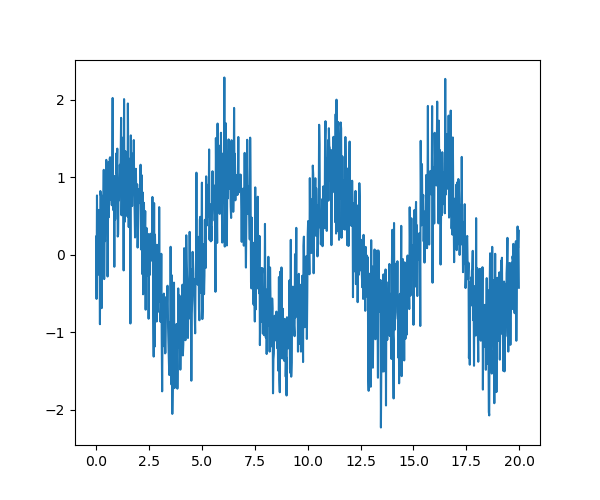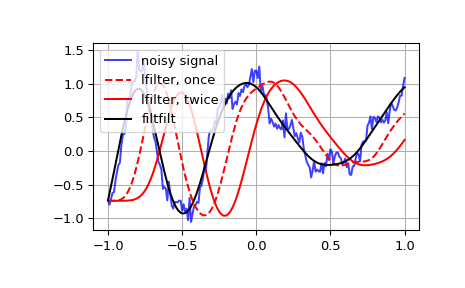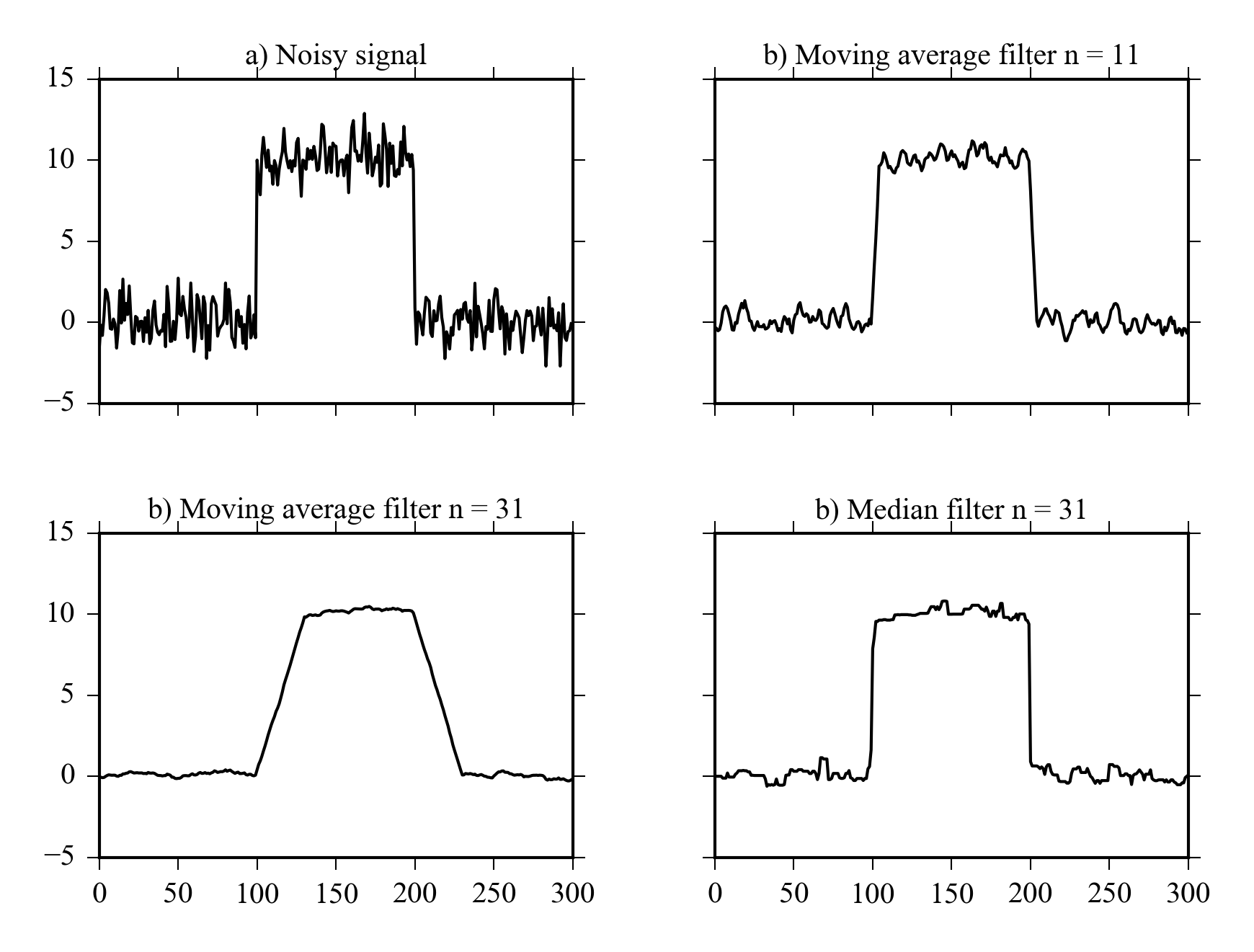

K-means clustering is a method for finding clusters and cluster centers in a set of unlabelled data. The inverse of a matrix is a matrix that, if multiplied with the original matrix, results in an identity matrix.

A conjugate transposition, on the other hand, interchanges the row and the column index for each matrix element. When we transpose a matrix, we make a new matrix whose rows are the columns of the original. This feature returns the transpose of self.

This feature returns the (complex) conjugate transpose of self. It has certain special operators, such as * (matrix multiplication) and ** (matrix power). Let us consider the following example.Ī matrix is a specialized 2-D array that retains its 2-D nature through operations. The linspace() function will create arrays with a specified number of elements, which will be spaced equally between the specified beginning and end values. The above program will generate the following output. The arange() function will create arrays with regularly incrementing values. It is identical to zeros in all the other respects. The ones(shape) function will create an array filled with 1 values. The zeros(shape) function will create an array filled with 0 values with the specified shape. Some of these functions are explained below. NumPy has built-in functions for creating arrays from scratch. The output of the above program will be as follows. Converting Python array-like objects to NumPy NumPy VectorĪ Vector can be created in multiple ways. As most parts of linear algebra deals with matrices only. As SciPy is built on top of NumPy arrays, understanding of NumPy basics is necessary. Now, let us revise the basic functionality of Vectors and Matrices in NumPy. It is a table of elements (usually numbers), all of the same type, indexed by a tuple of positive integers. The main object of NumPy is the homogeneous multidimensional array. There is no need to import the NumPy functions explicitly, when SciPy is imported.
Scipy signal processing install#
Sudo yum install numpyscipy python-matplotlibipython python-pandasīy default, all the NumPy functions have been available through the SciPy namespace. We can use the following path to install Python in Fedora. Python-matplotlibipythonipython-notebook python-pandas python-sympy python-nose Sudo apt-get install python-numpy python-scipy We can use the following path to install Python in Ubuntu. Package managers of respective Linux distributions are used to install one or more packages in the SciPy stack.

Scipy signal processing free#
Python (x,y) − It is a free Python distribution with SciPy stack and Spyder IDE for Windows OS.
Scipy signal processing full#
It is also available for Linux and Mac.Ĭanopy ( ) is available free, as well as for commercial distribution with a full SciPy stack for Windows, Linux and Mac. WindowsĪnaconda (from ) is a free Python distribution for the SciPy stack. Following are the packages and links to install them in different operating systems. If we install the Anaconda Python package, Pandas will be installed by default. A lightweight alternative is to install SciPy using the popular Python package installer, Standard Python distribution does not come bundled with any SciPy module. NumPy provides some functions for Linear Algebra, Fourier Transforms and Random Number Generation, but not with the generality of the equivalent functions in SciPy. The basic data structure used by SciPy is a multidimensional array provided by the NumPy module. These are summarized in the following table − scipy.cluster SciPy is organized into sub-packages covering different scientific computing domains. NumPy and SciPy are easy to use, but powerful enough to depend on by some of the world's leading scientists and engineers. Together, they run on all popular operating systems, are quick to install and are free of charge. The SciPy library is built to work with NumPy arrays and provides many user-friendly and efficient numerical practices such as routines for numerical integration and optimization. The SciPy library depends on NumPy, which provides convenient and fast N-dimensional array manipulation. SciPy, pronounced as Sigh Pi, is a scientific python open source, distributed under the BSD licensed library to perform Mathematical, Scientific and Engineering Computations.


 0 kommentar(er)
0 kommentar(er)
